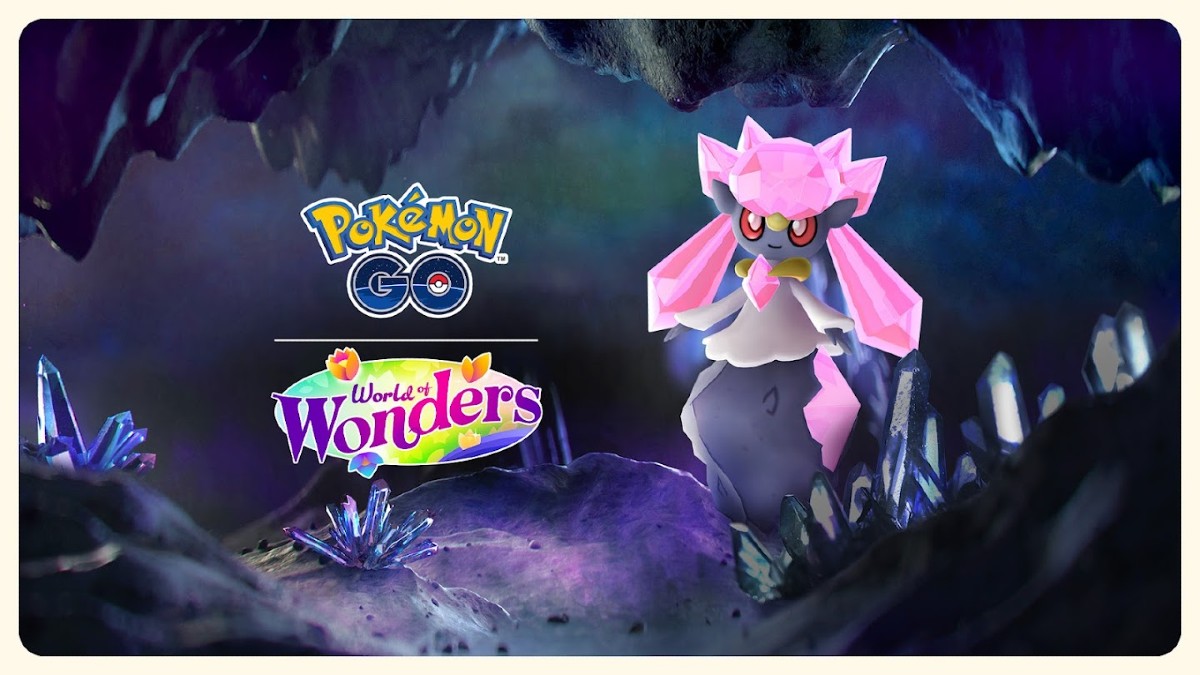
Remember those faster-than-light particles discovered last month? The ones that threatened our notions of how reality functions? Science now has an explanation for that.
Those of you who religiously follow our coverage of science will recall an article from the end of last month in which we relayed the news that scientists had discovered minute particles that were seemingly traveling faster than the speed of light. As I wrote at the time, this is just not supposed to happen and the worldwide scientific community was overcome by a chorus of “harumphs” and monocles falling out of place.
Now it seems the sciencefolk have an explanation for the phenomenon.
Long story, short, relativity is a harsh, confusing mistress that screwed up the scientists’ ability to accurately measure the distance between where the particles originated, where they ended up and the amount of time that their trip took.
Long story, long, Dvice reports:
To understand how relativity altered the neutrino experiment, it helps to pretend that we’re hanging out on one of those GPS satellites, watching the Earth go by underneath you. Remember, from the reference frame of someone on the satellite, we’re not moving, but the Earth is. As the neutrino experiment goes by, we start timing one of the neutrinos as it exits the source in Switzerland. Meanwhile, the detector in Italy is moving just as fast as the rest of the Earth, and from our perspective it’s moving towards the source. This means that the neutrino will have a slightly shorter distance to travel than it would if the experiment were stationary. We stop timing the neutrino when it arrives in Italy, and calculate that it moves at a speed that’s comfortably below the speed of light.
“That makes sense,” we say, and send the start time and the stop time down to our colleagues on Earth, who take one look at our numbers and freak out. “That doesn’t make sense,” they say. “There’s no way that a neutrino could have covered the distance we’re measuring down here in the time you measured up there without going faster than light!”
And they’re totally, 100% correct, because the distance that the neutrinos had to travel in their reference frame is longer than the distance that the neutrinos had to travel in our reference frame, because in our reference frame, the detector was moving towards the source. In other words, the GPS clock is bang on the nose, but since the clock is in a different reference frame, you have to compensate for relativity if you’re going to use it to make highly accurate measurements.
Scientists at the University of Groningen in the Netherlands did the math, and based on this theory, the neutrinos should have picked up an extra 32 nanoseconds of relativity from each of the two “observers.” Given that the average amount of unaccounted for time in the 15,000 experiments originally performed at CERN was 64 nanoseconds, that lines up nicely.
And, as a depressing result, ruins any chance we might’ve had at harnessing the power of superluminal particles. Sorry Billy, looks like you won’t be getting that dinosaur for Christmas. Those science jerks had to go and ruin it for you.



